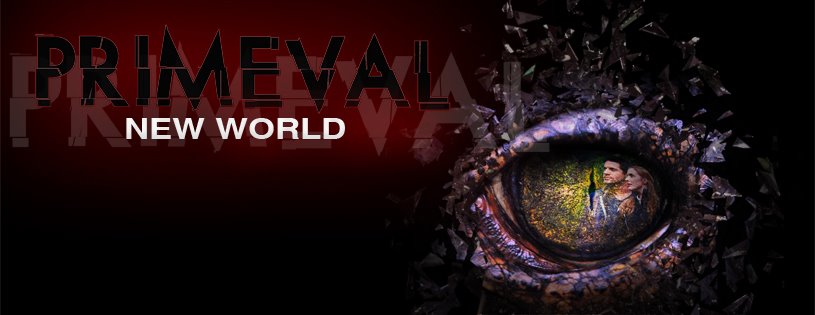Remember when I said that humans will eat megafauna like no tomorrow? I wasn't kidding. Humans have been eating giant animals since Homo sapiens were a thing, still eat giant animals today, and will continue to eat giant animals in the future.Nothing is safe unless it is explicitly poisonous. Even then, fast food is worse for you than rhino meat:
Today is no exception. Everything is fair game, including the powerful rhinoceros. As long as rhinos exist, people will hunt them, just like we did to most other megafauna. We will also be eating them to the end of time. Habitat destruction is almost a new one, but this is about the edible side of things, so let's stick to that.
China, of course, is in on rhino meat. Rhinoceros horn has been touted for various medicinal properties, just like almost any other part of almost any other animal. Its main use is as a painkiller, with rhino horns fetching up to $30,000 per kilogram. There is also a concoction involving a rhino skull and coconut oil. All of this has no potency whatsoever.
A lot of people already know about the rhino horn trade. A lot fewer people realize that there is a lot of meat there. The meat itself supposedly has properties as well. It has been touted as a cure for leprosy, diarrhea, and tuberculosis. There is absolutely no basis for this.
Eating rhino is not at all common. Rhinoceroses are big, fierce animals. They're hard to kill, even with rifles and other modern weaponry. Rhino meat is still quite valuable as exotic meat. There are roughly 275 Sumatran rhinos left; we'd like to keep some around, so please don't eat rhino meat or buy...anything rhino-based, really. It may be delaying the inevitable, but let's try to keep megafauna around for as long as we can.
 |
| Image by National Geographic. Look at how red it is compared to domestic meat... |
Today is no exception. Everything is fair game, including the powerful rhinoceros. As long as rhinos exist, people will hunt them, just like we did to most other megafauna. We will also be eating them to the end of time. Habitat destruction is almost a new one, but this is about the edible side of things, so let's stick to that.
China, of course, is in on rhino meat. Rhinoceros horn has been touted for various medicinal properties, just like almost any other part of almost any other animal. Its main use is as a painkiller, with rhino horns fetching up to $30,000 per kilogram. There is also a concoction involving a rhino skull and coconut oil. All of this has no potency whatsoever.
A lot of people already know about the rhino horn trade. A lot fewer people realize that there is a lot of meat there. The meat itself supposedly has properties as well. It has been touted as a cure for leprosy, diarrhea, and tuberculosis. There is absolutely no basis for this.
Eating rhino is not at all common. Rhinoceroses are big, fierce animals. They're hard to kill, even with rifles and other modern weaponry. Rhino meat is still quite valuable as exotic meat. There are roughly 275 Sumatran rhinos left; we'd like to keep some around, so please don't eat rhino meat or buy...anything rhino-based, really. It may be delaying the inevitable, but let's try to keep megafauna around for as long as we can.




















.jpg)






















